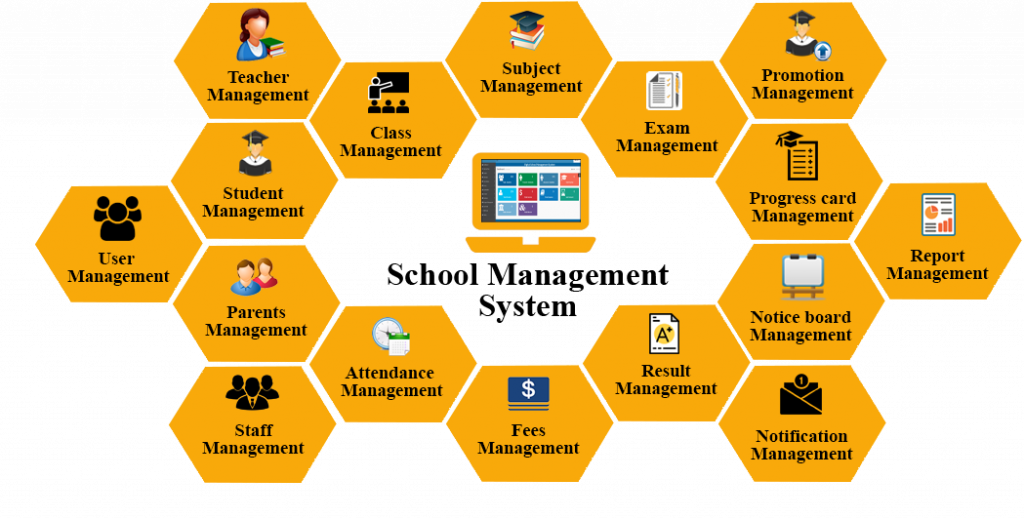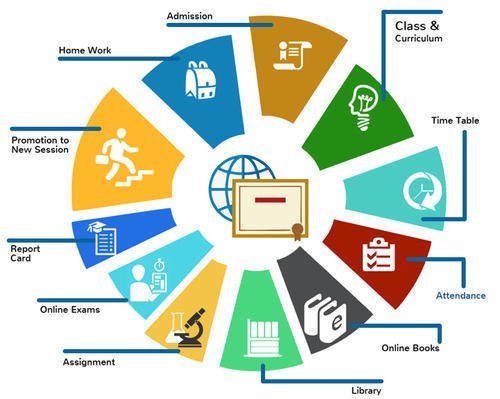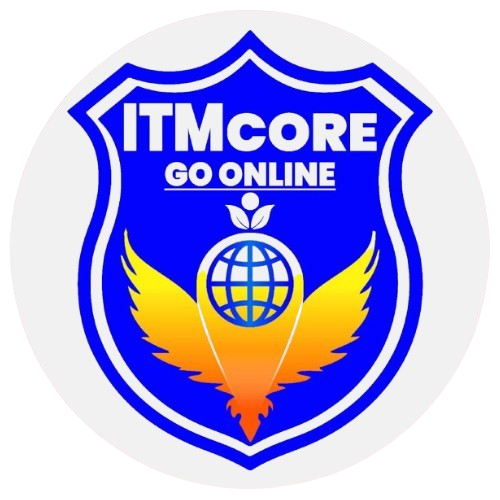
A school management system is software designed to streamline the administrative tasks of educational institutions. It helps manage various aspects of school operations, including student enrollment, attendance tracking, grading, scheduling, fee management, and communication between teachers, students, and parents.
Key Features of a School Management System:
Mobile Accessibility: Many systems offer mobile apps for easier access to features and updates on the go.
Student Information Management: Stores and manages all student-related information, including personal details, academic records, and attendance.

Attendance Tracking: Automates attendance recording for students and staff, generating reports and alerts for absences.
Timetable Management: Creates and manages class schedules, assigning teachers to classes and optimizing room utilization.
Fee Management: Handles fee collection, tracks payments, generates invoices, and sends reminders for due payments.
Grading and Examination Management: Simplifies the process of creating exams, entering grades, and generating report cards.
Teacher and Staff Management: Manages staff records, attendance, payroll, and performance evaluation.

Communication Tools: Provides a platform for communication between teachers, students, and parents, including messaging, notifications, and announcements.
Library Management: Manages library resources, including book inventory, issuance, and return.

Transport Management: Tracks school transport routes, manages bus schedules, and monitors student transport usage.
Reporting and Analytics: Generates various reports and analytics to help in decision-making and improving school operations.
Parent Portal: Allows parents to monitor their child’s academic progress, attendance, and communicate with teachers.


